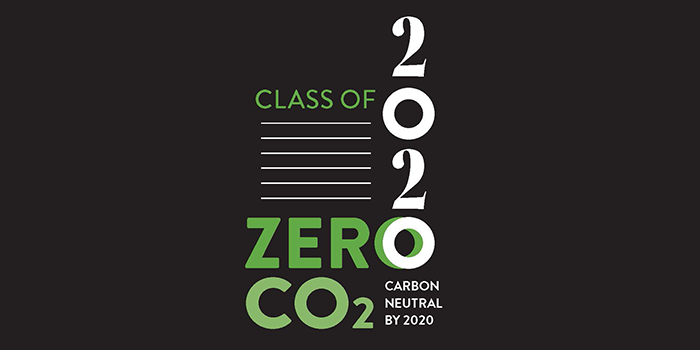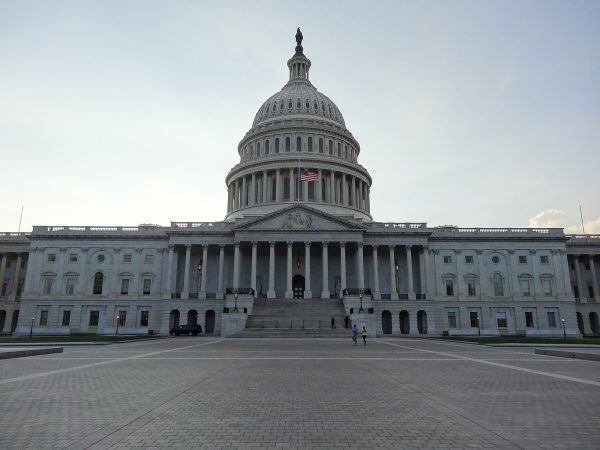New Solar Array Sets Dickinson on Path to Carbon Neutral 2020
As Dickinson approaches its 2020 deadline for carbon neutrality, the college has advanced a project that will bring a 3-megawatt solar array to the west end of campus that is set to begin by next summer. The array is expected to provide 25% of Dickinson’s electricity.
The project comes about as part of a Power Purchasing Agreement (PPA) with SolarCity, a clean energy services provider headquartered in San Mateo, California. Under the 25-year contract, SolarCity will install and maintain the solar panels at no cost to the college. Dickinson’s only expense will be the cost of the power itself.
“The college still owns the land, but we’re partnering with SolarCity to install and maintain the system on our property,” says Ken Shultes, associate vice president for sustainability and facilities planning. “In exchange, we pay for the electricity that is generated by the system instead of electricity off the grid, and we are credited with the associated carbon reductions.”
The array will be located on the Akers Property, a cornfield to the west of Dickinson Park. It will provide a quarter of Dickinson’s electricity, which equals to about 5 million kilowatt-hours.
However, the Wensell Building is the only main structure at Dickinson that is eligible to directly use the electricity generated by the array. Instead of bringing solar power directly from the array to campus, Dickinson has worked out a way to get the benefits of the array without having to build new infrastructure.
Extra electricity generated will be part of a system of net metering and virtual aggregation, which means that the energy not used directly by buildings on campus will be sent to the grid. That energy will be used by other electricity consumers in the area, which will offset Dickinson’s energy consumption, as well reduce utility expenditures.
This solar project is a big step for Dickinson and its Climate Action Plan. More substantial than a carbon offset, which Dickinson currently achieves for 100% of its electricity usage by financially supporting wind energy development, this project will count as a carbon reduction. This puts Dickinson on schedule to reach its goal of a 25% greenhouse gas emissions reduction from 2008 levels. In addition to installing a solar array, a number of other projects are in the works to increase energy efficiency on campus.
“We’re doing many other Climate Action Plan projects simultaneously [with the solar array] that improve energy efficiency and reduce carbon emissions on campus,” says Shultes. “We’re striving for carbon neutrality by 2020, and so we need to reduce energy consumption as much as possible, through efficiency and energy conservation initiatives, in addition to increasing our reliance on carbon-free renewable energy opportunities.”
In addition to the greenhouse gas reductions, the solar array will also have an educational benefit to the campus. “There are meaningful connections to many different academic areas, and I’ve guest-lectured about these and other sustainability issues in IB&M, Religion, Sociology, Political Science, Earth Sciences and Environmental Science,” states Shultes.
There will be information available to students at the site of the array explaining why it is there and what the impact of it is. The power production levels will also be available to follow in real time online.





